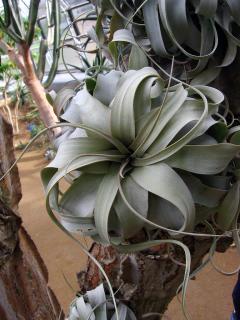Wales was not without surprises, two of which I will quickly detail now.
The first concerns the ‘barn’ in which we were to stay. When I heard the term, I thought about the barn that Meghan Mathieson’s family has in Duncan: uninsulated wooden walls, big swinging doors, hay, and the rest. What we actually got was a ‘hut’ belonging to the Pinnacle Club – a group of women climbers. It was the size of a house, warmed by a coal stove. It had fridges and stoves and showers and a special room for drying sopping gear (though our numbers and level of soppingness challenged it). When compared with my initial expectation – better than a tent, with the possibility of rats – it was downright palatial.
The second surprise should be evident from the videos I posted last night. We were almost constantly buffeted by gale force winds during the first two days, and still encountered moderate winds at high altitudes on the third. I spent much of the trip literally holding on to my hat. Since it has no chin-strap and I could not come up with a way to tether it that did not risk either destroying the hat or garroting me, I had one hand on the brim (or atop my head) for the better part of all the hiking. On Snowdon, the cold and relative thinness of my gloves meant that my non-hat-holding-hand was always desperately trying to recapture warmth in a fleece pocket, before I did the switch – mindful that a pause could send the hat flying off into the foggy abyss.
As is so often the case after a vacation, things have piled up in my absence. I have two issues of The Economist to read, two letters to respond to, several dozen emails to deal with, and a thesis chapter ostensibly due on Wednesday (with all the reading and writing that entails). Forgive me if I am a less prompt correspondent than usual for the next while.

